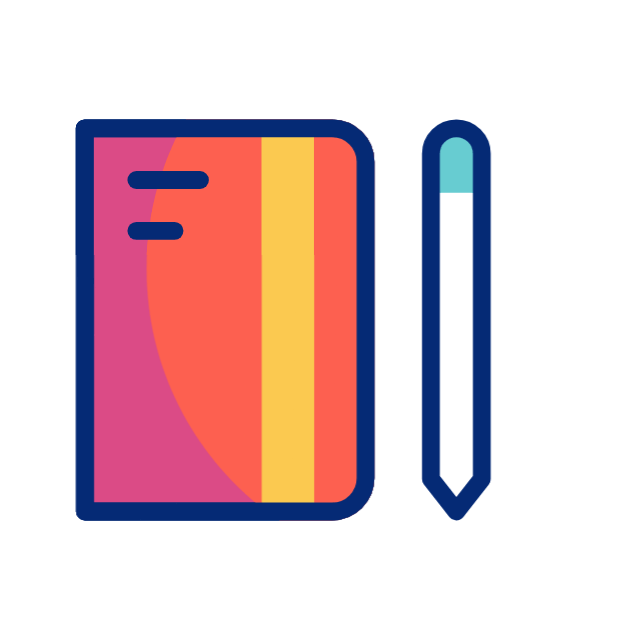HERE IS THE PRIZE FOR NBG-CONTEST WINNERS 2025
.gif) INNOVATION COMPETITION 2025
INNOVATION COMPETITION 2025 Objective: Empower innovators to design simple, sustainable solutions that turn everyday struggles into stories of resilience and progress, pioneer STEM-based solutions through functional prototypes, fostering collaboration and inclusivity. Champion sustainable, research- driven ideas that address real-world challenges, while nurturing creativity, teamwork, and actionable impact.
Sub-Categories:
Sub-Categories:
Sub-Categories:
Sub-Categories:
Uniqueness of ideas and interdisciplinary connections.
Feasibility of proposed solutions for real-world adoption.
Use of credible sources for references.
Areas where the Innovation can connect to real world applications.
Represent your designs briefly in a manner such that non-technical audience get proper insights.

 C.A.D(Computer Aided Design) COMPETITION 2025
C.A.D(Computer Aided Design) COMPETITION 202511 prizes of Rs. 1000 will be awarded to students who offer their designed & printed products
Objective: Contestants can display NEW product design using Tinker CAD, AutoCAD or a CAD tool of their choice. A design by altering an available STL file will also qualify.This CAD challenge prioritizes Additive Manufacturing principles to drive sustainable, scalable production of designs like 3D-printed medical implants or ocean plastic-based tools. Participants can leverage advanced manufacturing techniques (tracks for the same given below) to ensure cost-effective, high-precision solutions aligned with real-world Industrial, Medical, Educational and Ecological needs.
List of Files related to School students in entry level manufacturing are shown in
NBG-STL FILES Group A (Click here)
Complex application files and subjects are in
NBG-STL FILES-Group B (Click here)
Additive Manufacturing has entered almost every field of engineering.
A list of various articles is at
NBG-Digital Archive (Click here)
Contestants who have entered any new field or product are invited to display.
Special invitation is extended for those innovative applications that address a
local opportunity. Any "JUGAD" is precious.
Sub-Categories:
Sub-Categories:
Sub-Categories:
Sub-Categories:
Sub-Categories:
Sub-Categories:
Sub-Categories:
Uniqueness of ideas and interdisciplinary connections.
Feasibility of proposed solutions for real-world adoption.
How sustainable the prototype and its material are with respect to surroundings.
Efficient Design methodologies used with proper shape tuning as per requirement .
Represent your designs briefly in a manner such that non-technical audience get proper insights.

 ESSAY COMPETITION 2025
ESSAY COMPETITION 2025Objective: This competition celebrates educators as the heartbeat of change—inviting you to share stories where lessons exceed textbooks, policies meet equality, and every student’s unique potential is unlocked. Illuminate stories where Emerging Technologies don’t replace teachers, but empower you to heal gaps, spark curiosity, and make every child feel seen.
Topic: "Breaking the Chains of Rote Learning: Innovative Strategies to Foster Creativity and Critical Thinking in Classrooms"
Topic: "The Ripple Effect: How NEP’s Higher Education Reforms Will Transform School-Level learning "
Topic: "From Blackboards to AI: Integrating Technology Seamlessly into Teaching and Learning"
Topic: "Blueprint for a Digital Revolution: Can India Achieve 100% Digitized Education?"
Topic: "Beyond Textbooks: Embedding Skill Development and Entrepreneurial Mindsets in School Curricula"
Topic: "Lessons from Abroad: What India Can Learn (and Unlearn) from Foreign Education Models"
Topic: "NEP 2020: Reviving Ancient Wisdom or Championing Modern Skills? A Balanced Perspective"
Uniqueness of ideas and interdisciplinary connections.
Feasibility of proposed solutions for real-world adoption.
Use of credible sources for references.
Quality of multimedia elements and clarity for a non-technical audience.
Feasibility of proposed solutions for real-world adoption.
